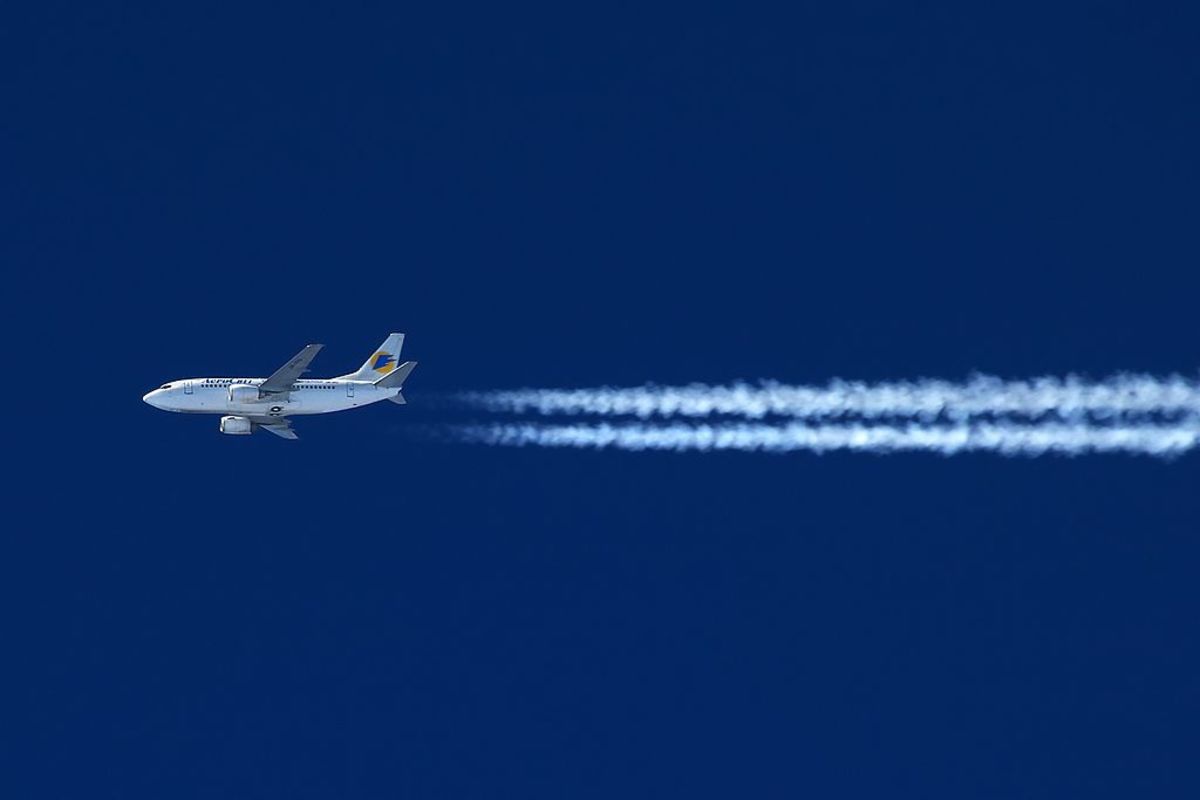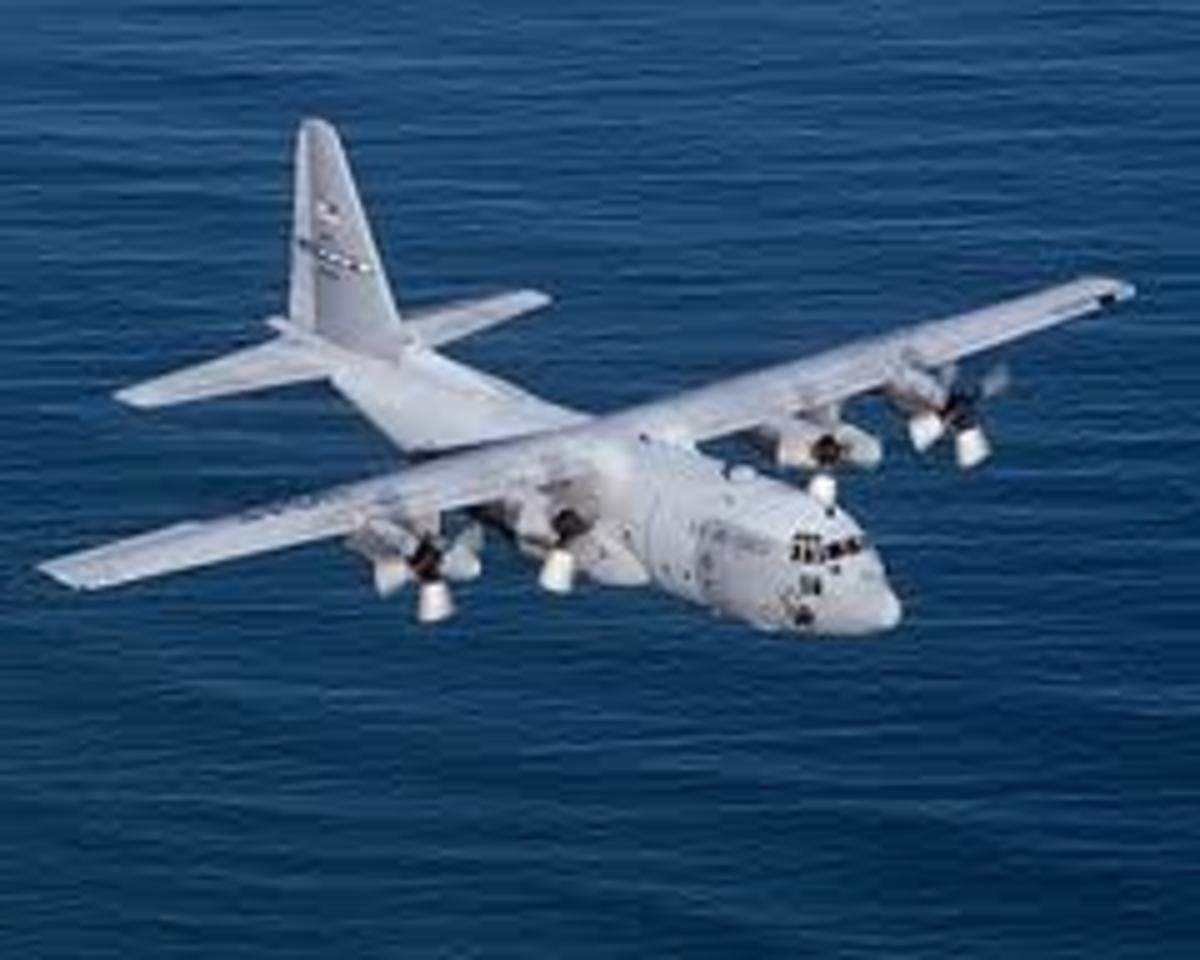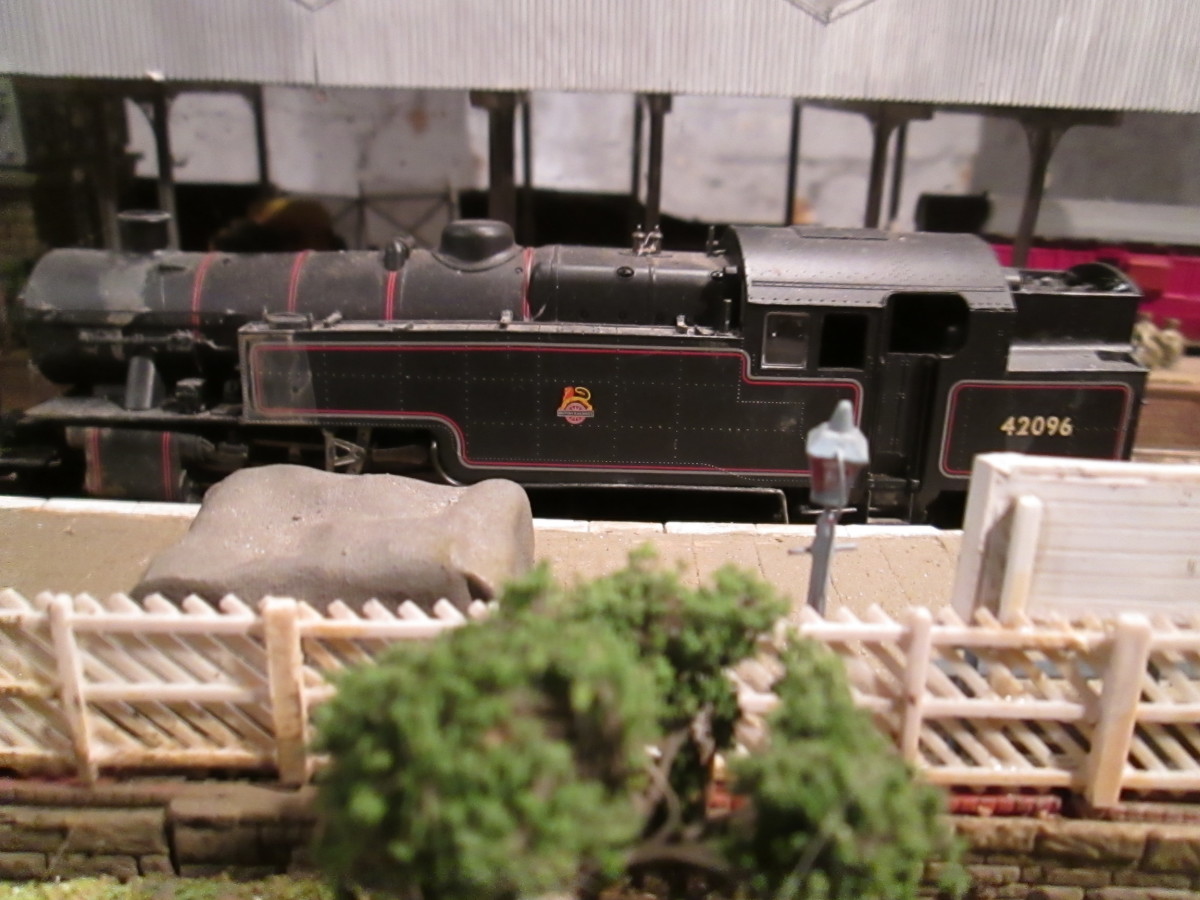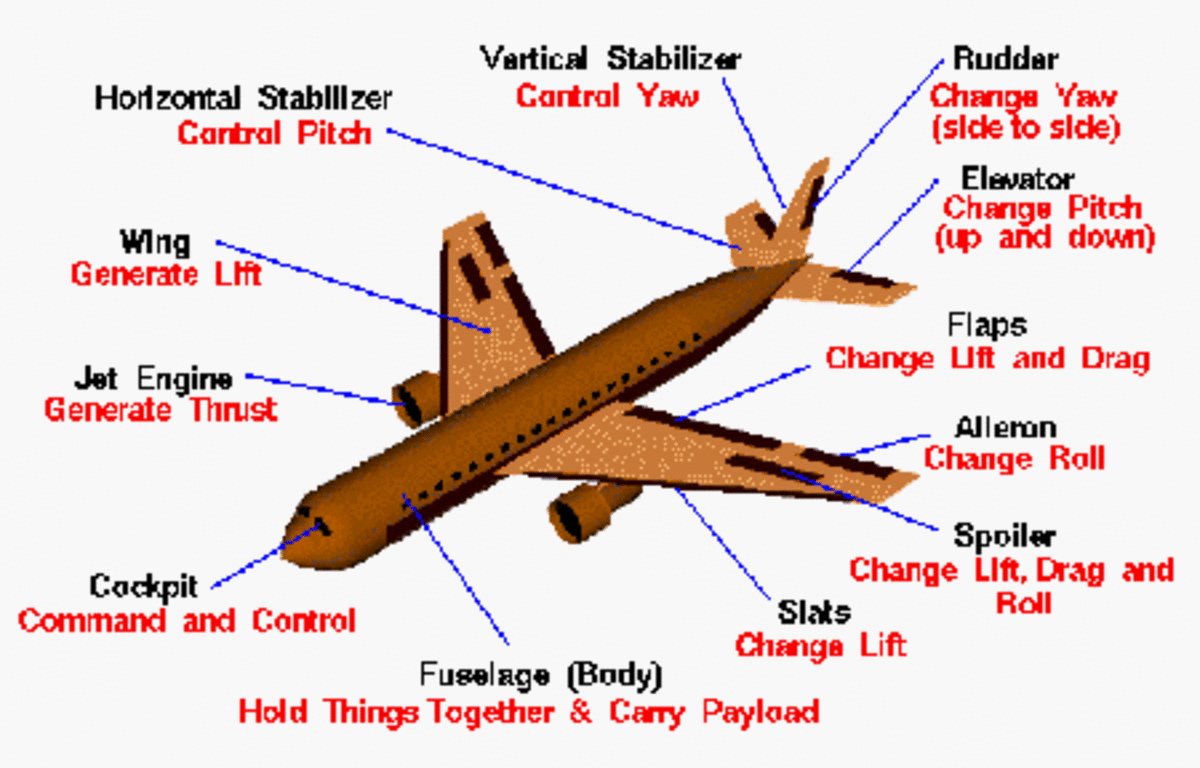Jet Engine Technology - Turbofans versus Turbojets
Regarding the difference between turbofans and turbojet technology, a wikipedia article clearly mentions that “The difference between turbofan and turbojet is that turbofans have an additional fan deriving power from engine’s turbine which produces more thrust making turbofans more efficient at subsonic speeds than old turbojets”. Now this was a brief explanation of the definition mentioned in wikipedia’s article on jet engines. Now according to me from what I understand is that all modern jet engines are almost exclusively turbofan engines, as turbojets practically ceased to be produced since the late1970s. All modern jets even fighters have turbofan engines whereas the turbojets remain the preserve of last-generation and niche-area jets. Although this makes it looks like turbojet technology is a thing of the past, it is unwise to count it out as yet.
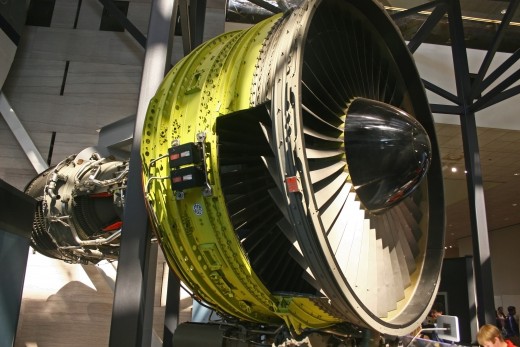
How turbofan jet engines work?
So why have turbofans superseded turbojets? They are more fuel-efficient if a design amount of thrust is targeted, but that’s fine for commercial planes as transports, even bombers. Theory says, the turbojet with all its air passing through the core and used in combustion should outperform the turbofan. Then why do we not see turbojets on modern fighters at least where pure thrust is most important?
So we can come to a conclusion that it is not only the thrust and performance that only matters and there are many other aspects also like:
- Heat signature
- Noise level
- Life
- SFC at slow speeds
Fan is better than Jet in all these WHILE Jet is (was) better in bulk and price.
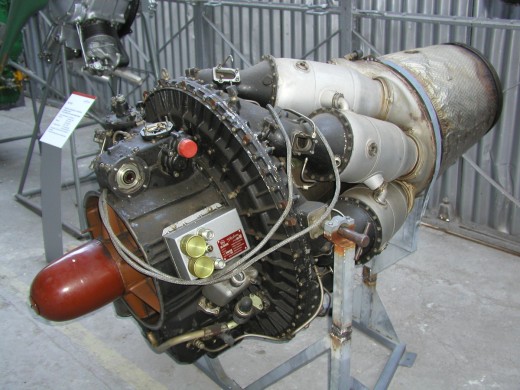
We can also think that it is purely because of efficiency reasons. The TJ (Turbojet) engines are efficient only at very high speeds whereas the TFs (Turbofans) are more efficient in subsonic and in low-middle mach 1s. Now as we know that all air-to-air combat takes place at subsonic speeds and the only one which took at supersonic speeds was during Vietnam War where the McDonnell Douglas F-4 Phantom II shot down some MiGs and that was also in the turbofans’ comfort zone. Above that, most aircrafts generally perform CAS and strike jobs at subsonic speeds for better accuracy. Pilots also very rarely go blinding fast and that is generally during the “get the hell out” situations.
So in today’s world, it makes more sense to have turbofan engines which will give you longer legs, more on-station time plus the turbofan engines can go as fast the turbojet engines and when you don’t need to do that more often, then it obviously makes more sense to have turbofan engines in jets.
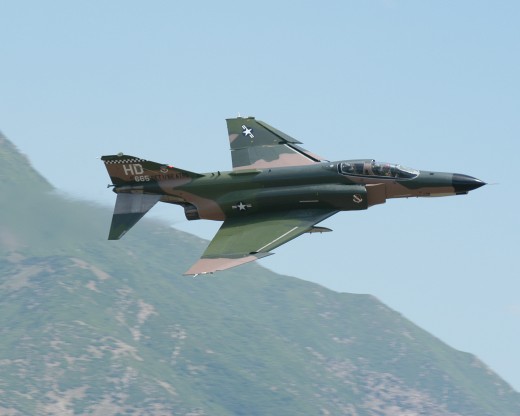
Now in the upcoming articles, I will talk about role of other jet engine derivatives like turboprop, turboshaft, Ram powered, Ramjet, Propfan, Scramjet, and airbreathing jet engines. I will also put some light on the thrust, propulsive efficiency, energy efficiency, cycle efficiency, measuring thrust to weight ratio of different types of jet engines including comparison of engine types talking about altitude and speed achieved and noise produced by these engines. After these are covered, the most important thing I want to talk about is “Thrust SSC” which was a supersonic car that broke world land speed record in October 1997 achieving a fascinating speed of 763 miles per hour of course with a super jet engine technology. But before I publish my next article, you can go through this useful link I found on the Internet regarding Thrust SSC Jet Engine Engineering and a Thrust SSC video from youtube.
Supersonic Land Speed Record Holder Car - Thrust SSC
Now here is a visualization video of Bloodhound Supersonic Car 1000 miles per hour Mach 1.38- many times faster than a bullet. Enjoy.

